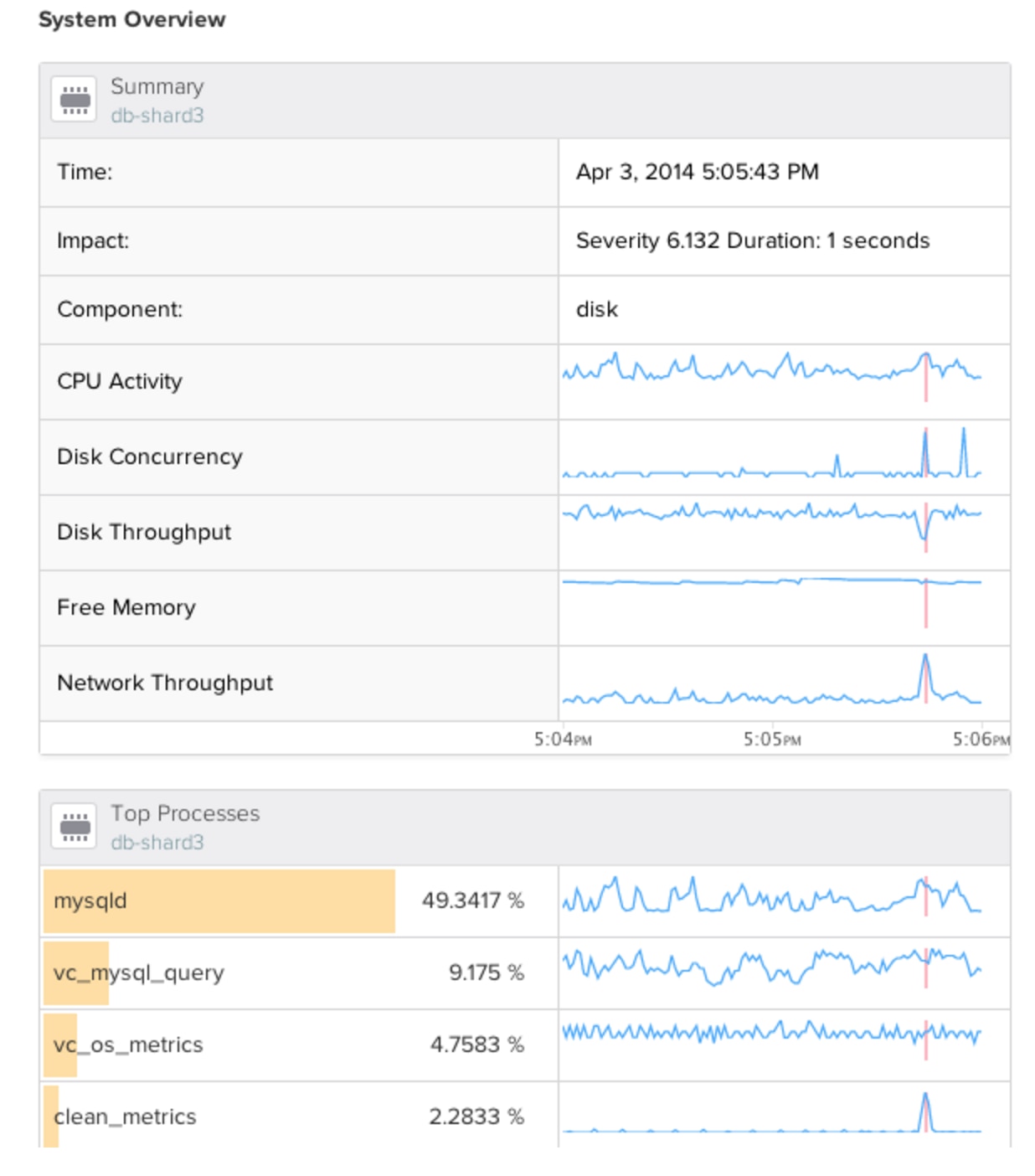- Why is it important to identify faults?
- How does SolarWinds DPM detect faults?
- How does our app help users address faults when they appear?
 From there, diagnosis requires application-specific knowledge, but in summary, this application is a background task that executed an expensive
From there, diagnosis requires application-specific knowledge, but in summary, this application is a background task that executed an expensive DELETE statement against the database, which then issued a large set of I/O requests to the disk.
The Value of Fault Detection
Ultimately, Adaptive Fault Detection shows you inherently valuable information — the ability for work to complete — and guides you to the clues you need to proactively fix or prevent an issue. Fault detection isn’t the same as other monitoring approaches, and it has the potential to reveal parts of your system that nothing else can. While it’s not an instant antidote for all monitoring woes — there's no such thing — it’s an important type of visibility to have available and at your disposal, and will reveal much about your system, especially when used in conjunction with other medtods. 






